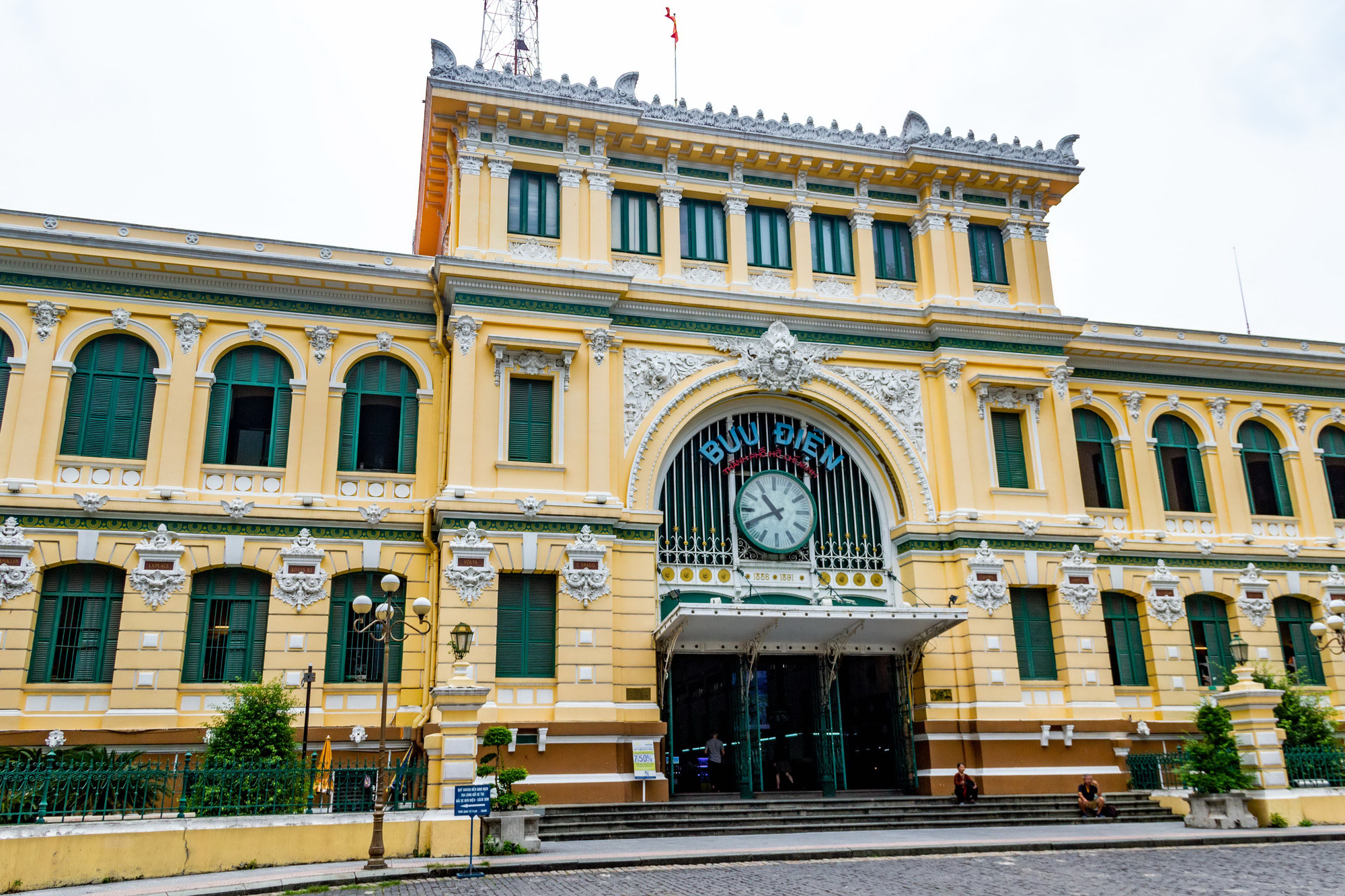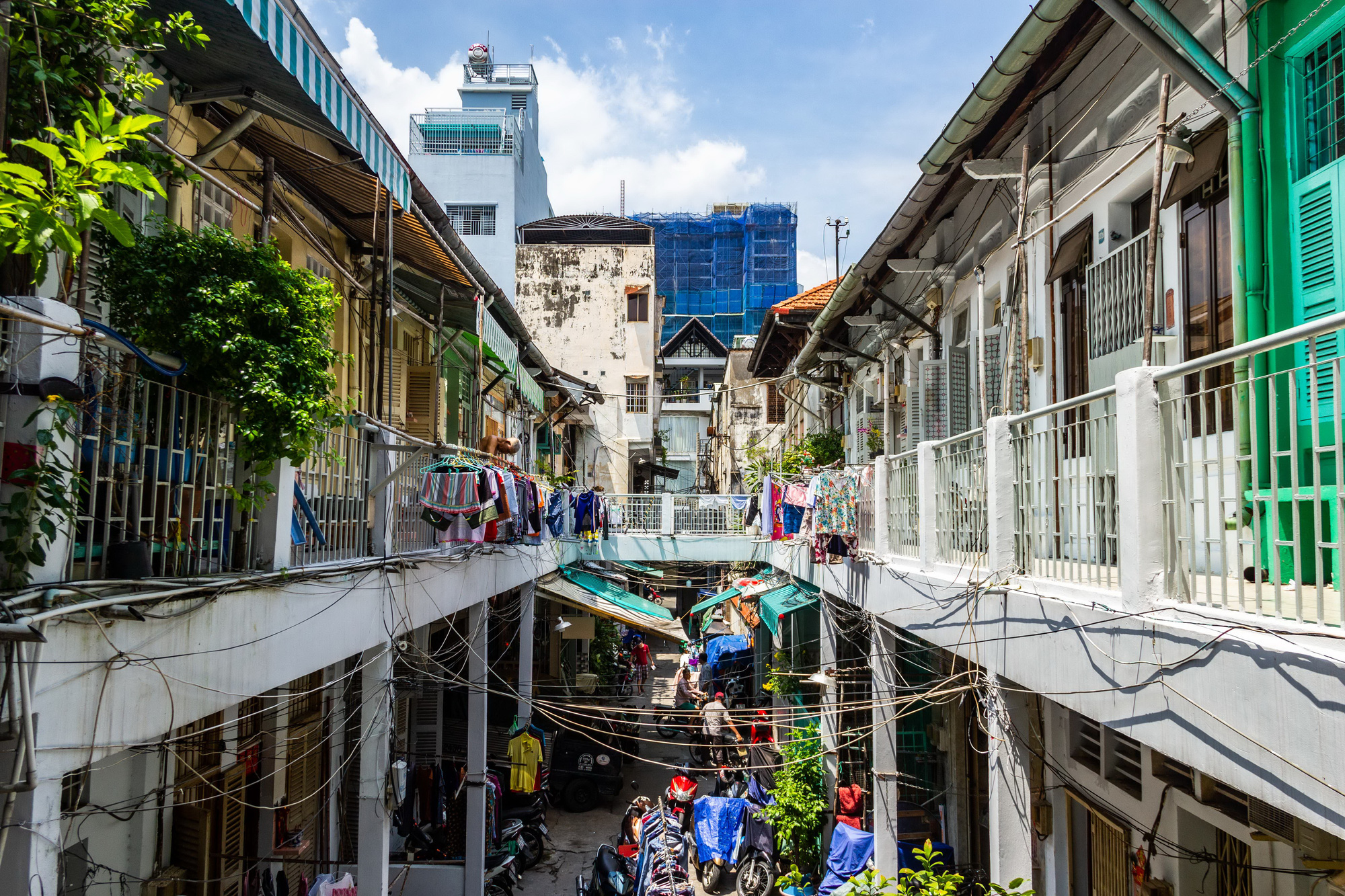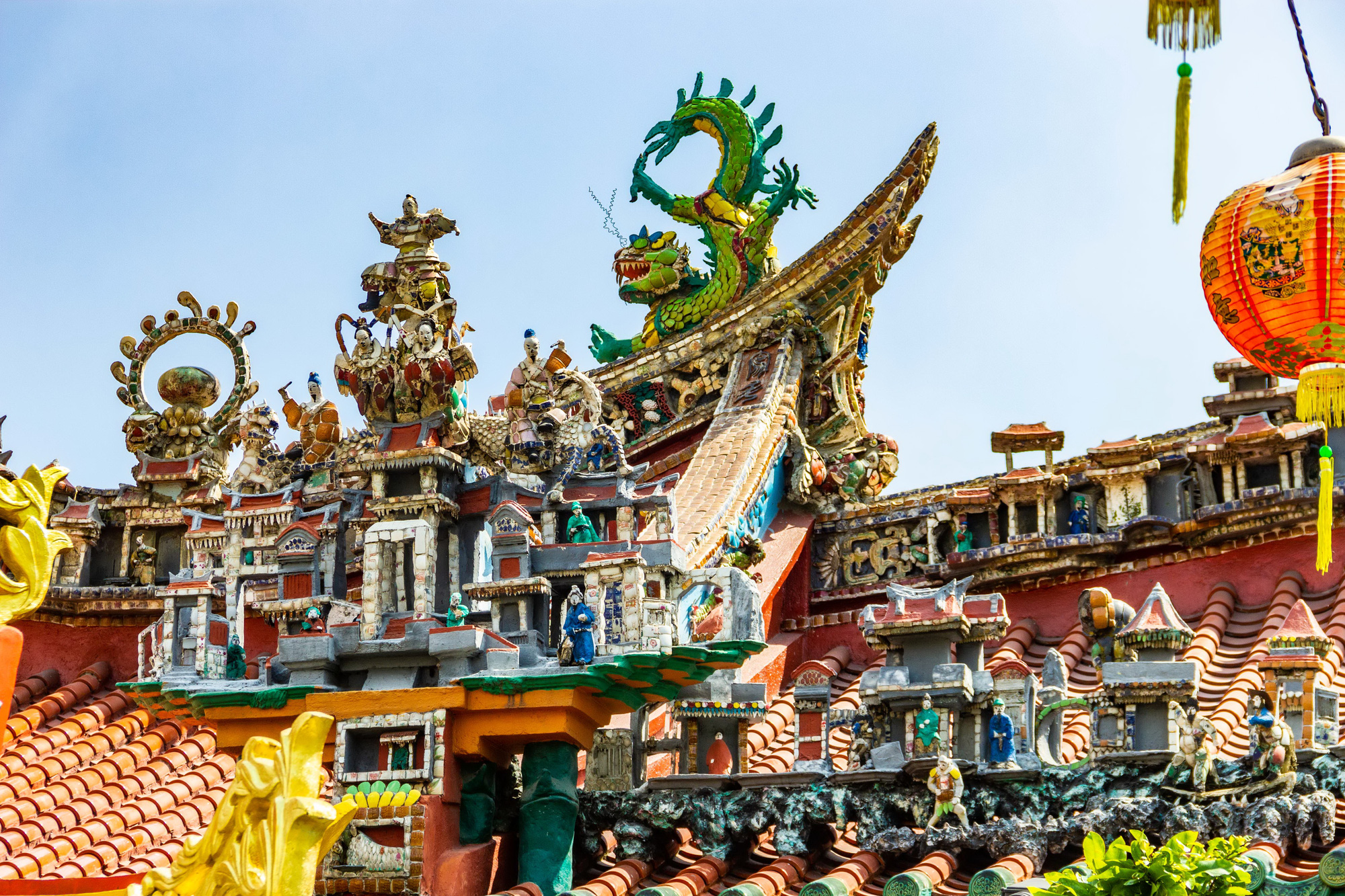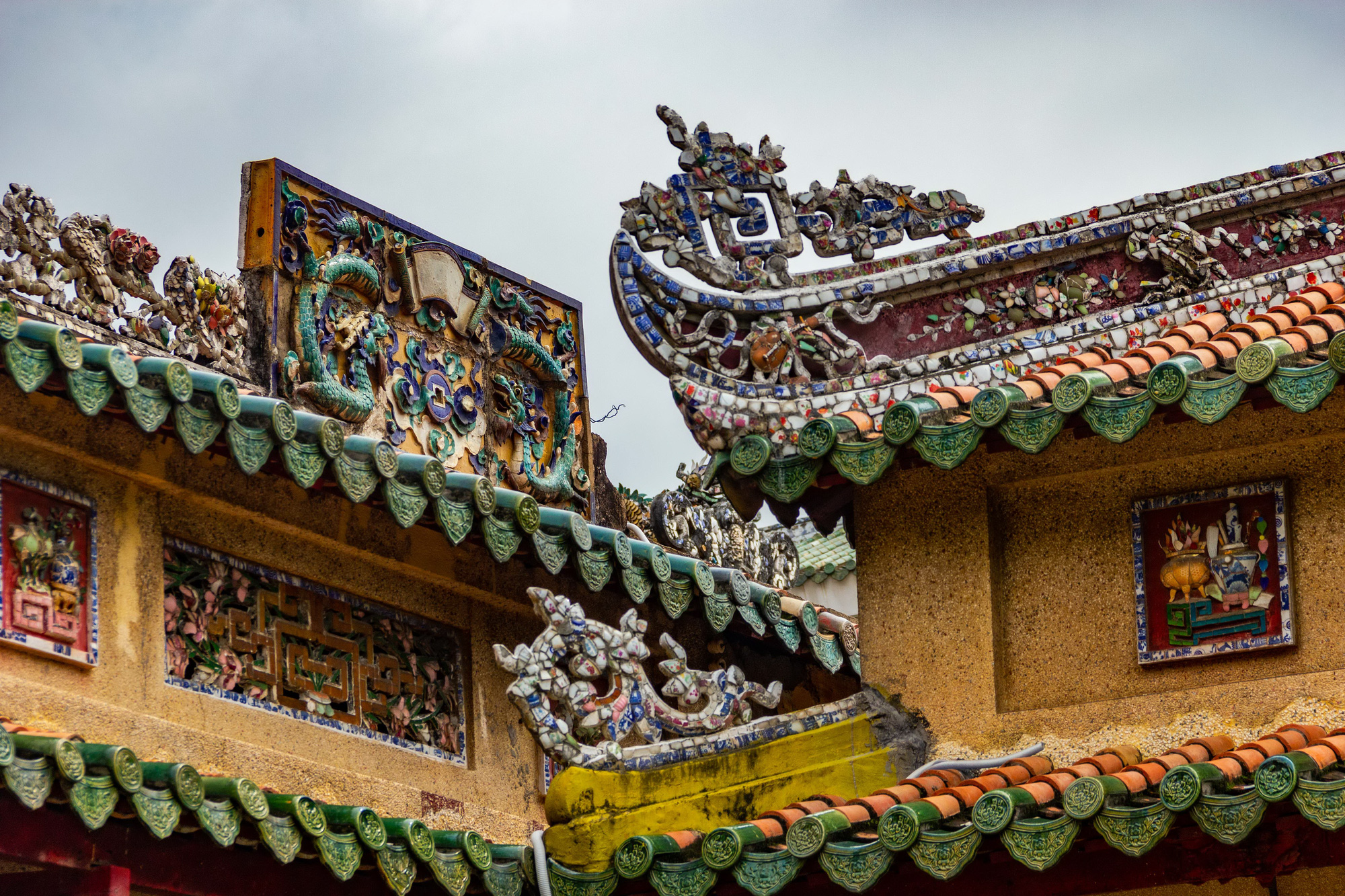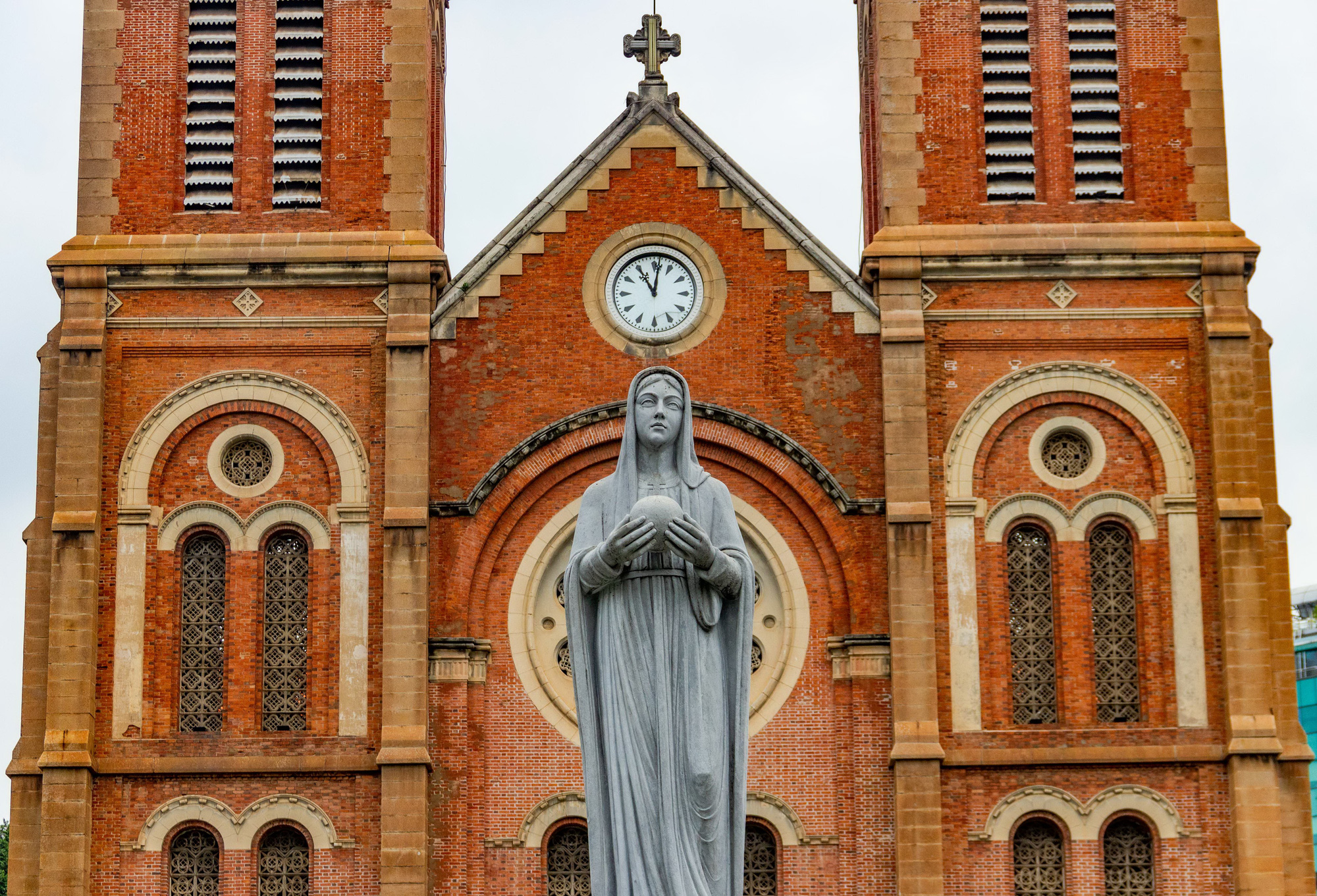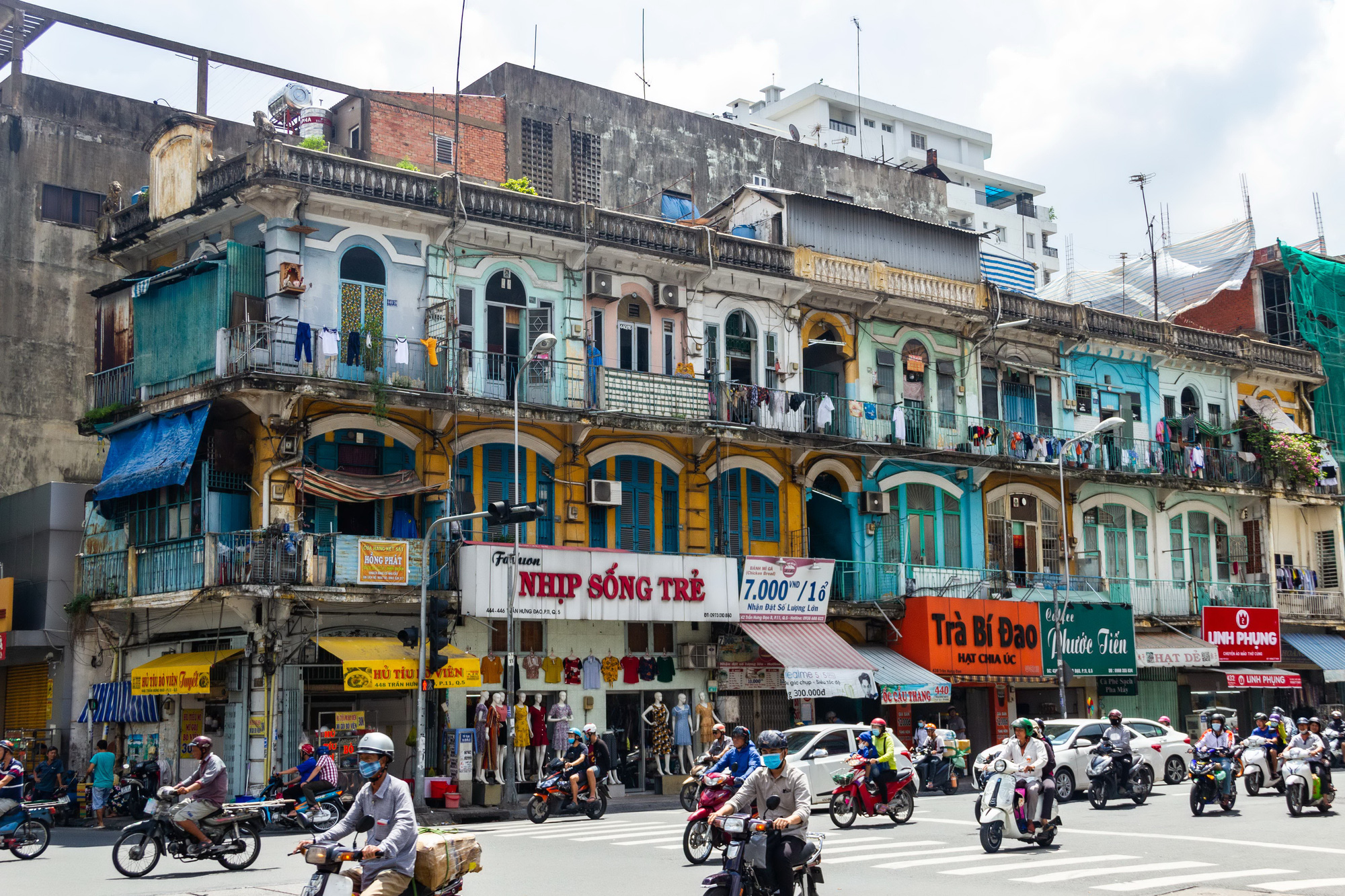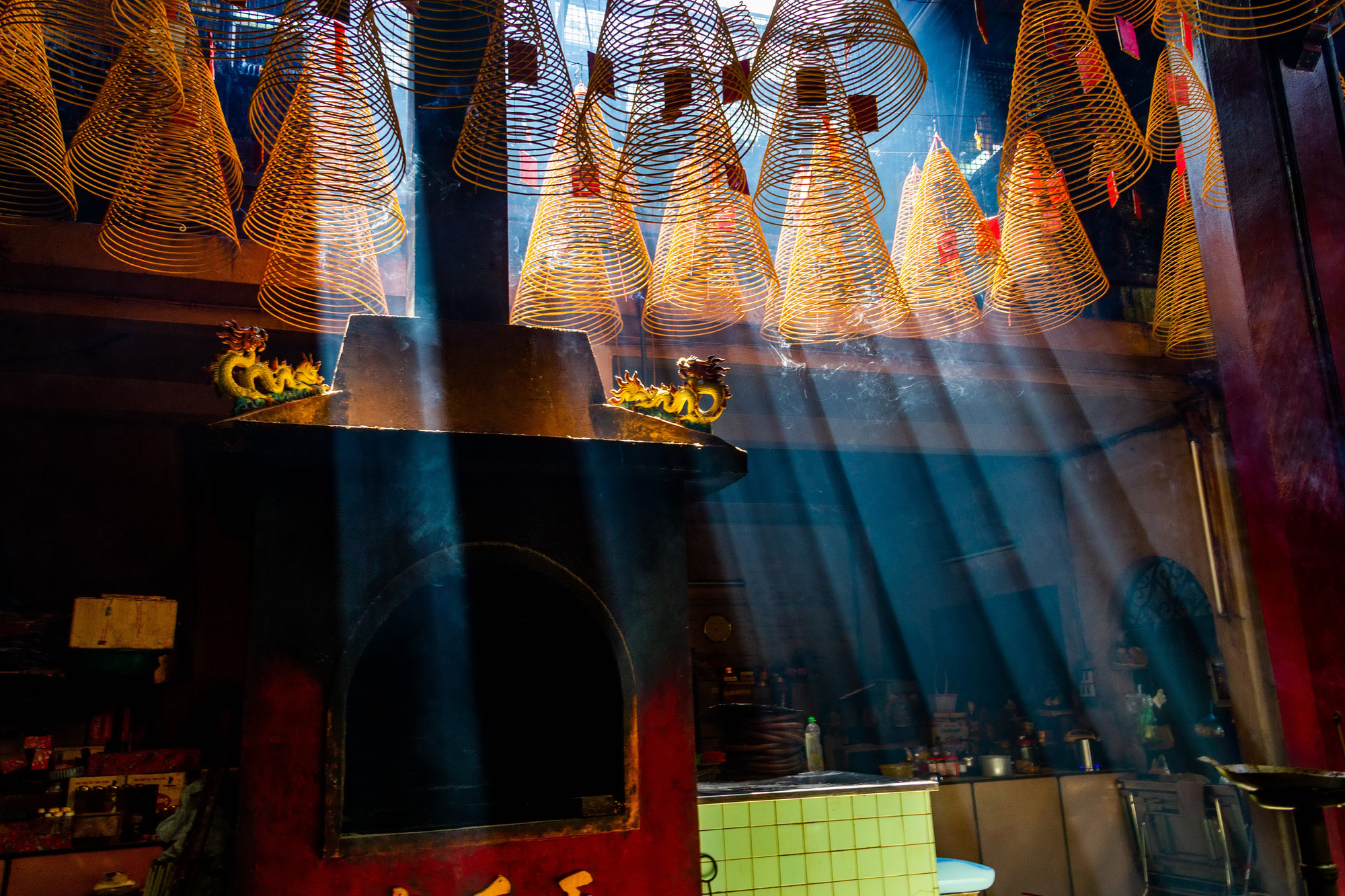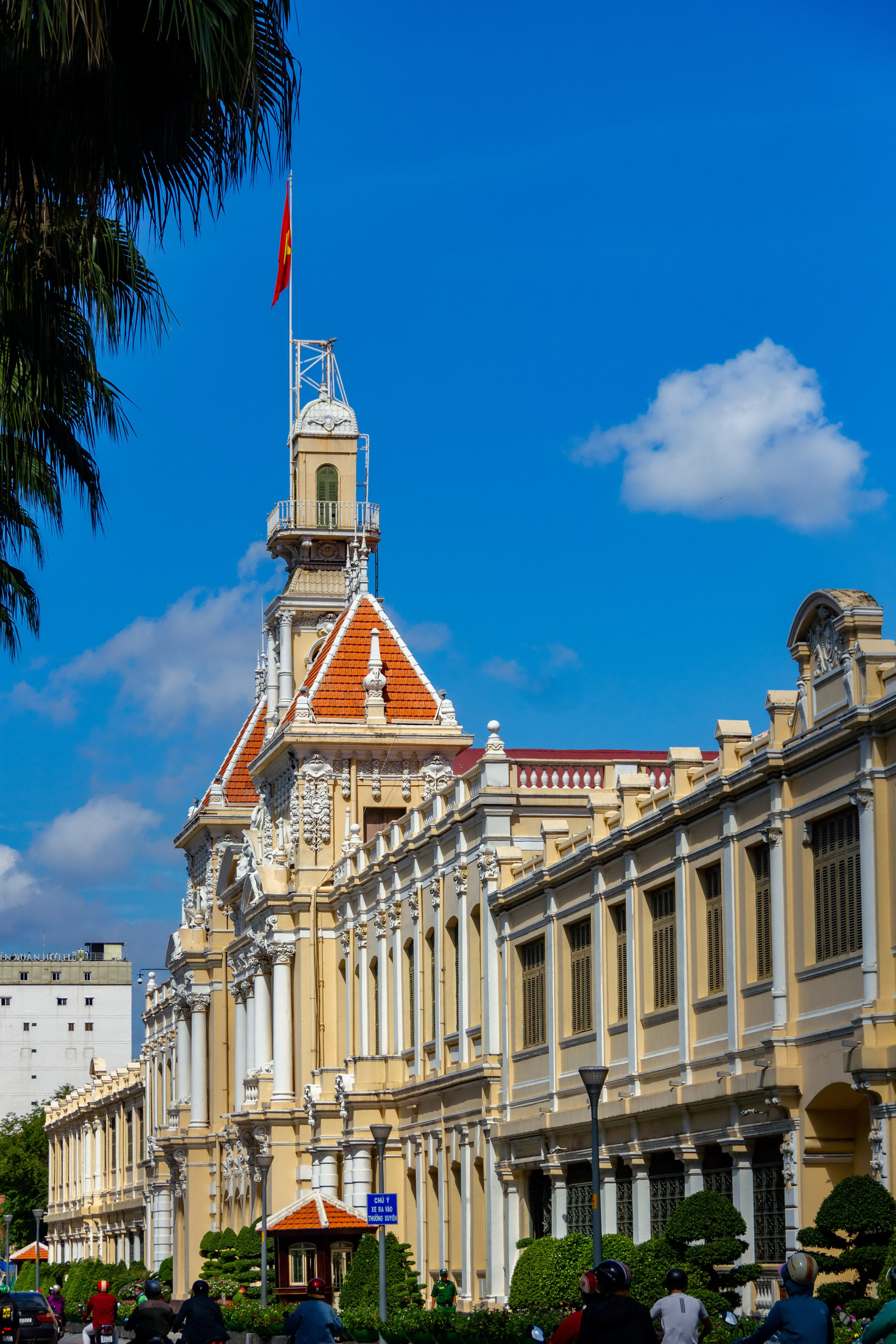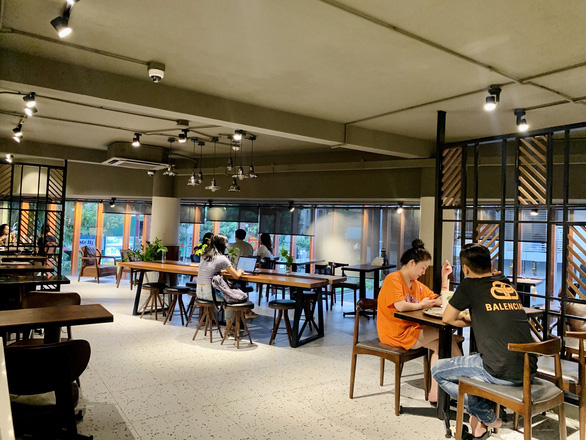Many fail to realize that each individual district in Ho Chi Minh City offers its own unique characteristics
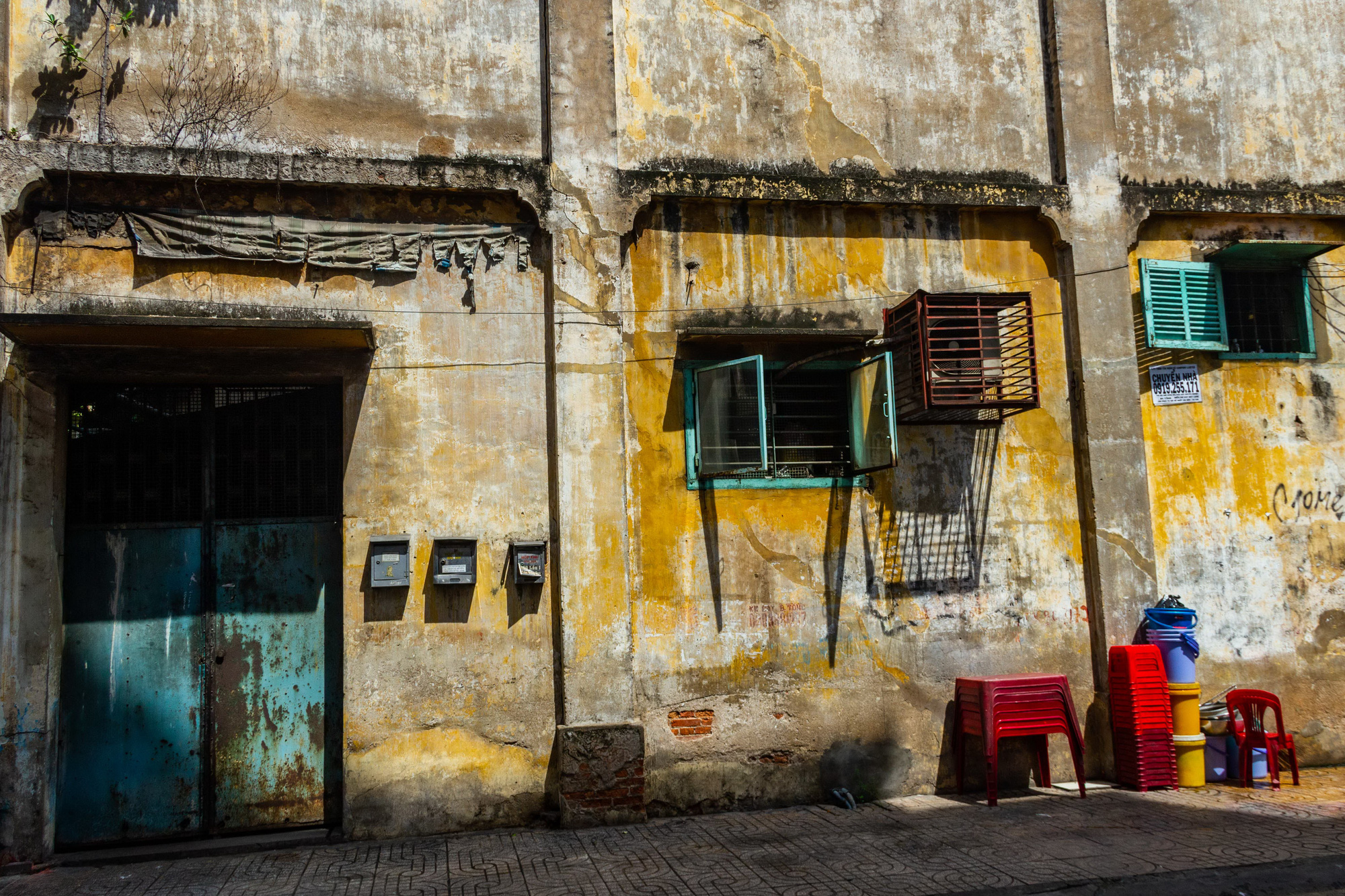
Ho Chi Minh City, also known as Saigon, is Vietnam’s largest city and known as the country’s economic and financial hub. Though many visit the city to check out modern life in the metropolis, they often forget about its role as a hub of culture and scientific development.
As a whole, the city offers tourists a look at modern Vietnamese life, but many fail to realize that each individual district offers its own unique characteristics.
In District 1, visitors can check out the Reunification Palace, Notre-Dame Cathedral Basilica of Saigon, Ben Thanh Market, and Bui Vien Walking Street.
|
|
| This file image shows the Saigon Central Post Office, located in Ben Nghe Ward, District 1, Ho Chi Minh City, Vietnam. Photo: Tran Hong Ngoc / Tuoi Tre |
District 4 is known for having the most pagodas in Saigon and visitors are often left in awe after realizing a pagoda sits in nearly every street and alley.
Saigon boasts one of the country’s largest communities of Chinese Vietnamese, who live in District 5, District 6 and District 11, where walking along the Chinese food vendors can make visitors feel like they have entered a new world.
|
|
| The unique two-story blocks of houses in an alley of a Chinese-Vietnamese neighborhood in District 5, Ho Chi Minh City, Vietnam. Photo: Tran Hong Ngoc / Tuoi Tre |
Regardless of how noisy the main streets are, the alleys are consistently peaceful and quiet.
Many even have their own names and feature rows of two-story houses designed in both ancient and modern styles.
Saigon is very ordinary and simple even in the slightest detail of day-to-day life.
|
|
| This image displays details on the roof of the Quan Am Pagoda, a Chinese-style Buddhist pagoda located on Lao Tu Street in District 5, Ho Chi Minh City, Vietnam. Photo: Tran Hong Ngoc / Tuoi Tre |
Tourists should try to experience a morning at a local market, watch the busy trading scene, listen to the street cries from fruit sellers, or visit a breakfast diner on the sidewalk to enjoy Vietnamese cuisine.
A special and precious point of Saigon locals is their kindness.
Famous for the classical Chinese-Vietnamese style and exquisitely carved out architecture, the Tomb of Le Van Duyet, a major Vietnamese general in the Nguyen Dynasty, located in Binh Thanh District, is a must-visit place for history enthusiasts.
|
|
| This image shows details on the roof of the Tomb of Le Van Duyet, a major Vietnamese general in the Nguyen Dynasty, located in Binh Thanh District, Ho Chi Minh City, Vietnam. Photo: Tran Hong Ngoc / Tuoi Tre |
Right next to this complex is Ba Chieu Market, a wet market featuring an array of traditional Vietnamese foods.
Being one of the largest fine arts centers of Vietnam, the Fine Arts Museum is also on this list.
Housed in a grand colonial-era mansion with distinctive architecture, the museum is indispensable to those who are keen on Vietnamese arts and culture.
Although the museum itself is not big and modern, it holds an impressive collection of art from Vietnam and around the world.
|
|
| The Notre-Dame Cathedral Basilica of Saigon, located in Ben Nghe Ward, District 1, Ho Chi Minh City, Vietnam. Photo: Tran Hong Ngoc / Tuoi Tre |
The more one discovers, the more they will see that Saigon has a lot of hidden beauty and many interesting things that lead visitors to go one surprise to another.
And there are many more places that are waiting to be explored in this amazing city.
Ho Thi Ky Flower Market, located in a busy residential area on Le Hong Phong Street, is the largest flower market in the city.
There are hundreds of kinds of flowers here with the diversity in color, style, and origin. This market opens all day from the aurora to midnight.
|
|
| An old apartment building in District 5, Ho Chi Minh City, Vietnam. Photo: Tran Hong Ngoc / Tuoi Tre |
Right next to it is the Cambodian Market, where people can try exotic Cambodian cuisines like ‘num bo choc’ noodles, ‘ba bo chon chang’ dessert, green papaya salad, and more.
The old quarters along Hai Thuong Lan Ong and Nguyen Trai Streets and the Catholic churches are truly something to be seen.
It turns out that Saigon also has its own distinctive ancient features and is an exclusive destination for tourists to immerse themselves in.
|
|
| Light shines through coil incense inside the Chinese-style Thien Hau Temple, located on Nguyen Trai Street, District 5, Ho Chi Minh City, Vietnam. Photo: Tran Hong Ngoc / Tuoi Tre |
|
|
| The headquarters of the People’s Committee of Ho Chi Minh City, located in Ben Nghe Ward, District 1, Ho Chi Minh City, Vietnam. Photo: Tran Hong Ngoc / Tuoi Tre |



